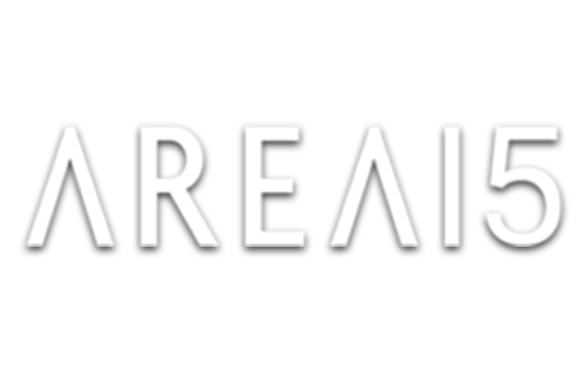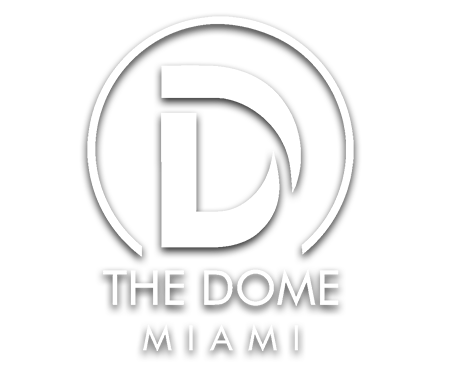From planetariums to corporate events, 360-degree video projection and immersive projection technologies are revolutionizing visual experiences. This comprehensive guide explores how 360 projectors create immersive environments using advanced projection mapping techniques to surround viewers with interactive visuals in all directions. Using unique mapping technologies, 360 video projection has become the latest buzzword in entertainment and events.
But what exactly is it? Put simply, it’s a new and exciting way to view content. However, such a short explanation doesn’t do it justice. Let’s explore how 360 projection works, how it can be utilized in almost any industry, and why it’s exploding in popularity.
“Spherical projections on a 360-degree projection screen are the standout means in a world surrounded by screens”
What Is 360 Video Projection?
If there’s one thing we can say about our tech advancements, it’s that it has significantly changed audio-visual media. Where a mere two decades ago, our media experiences consisted of sitting in front of a television set or radio. We consumed our content through one channel at a scheduled time. Fast-forward to today, we have virtually everything we want, when we want it. This has resulted in an influx of information and media being thrown at consumers. Now, creating an impactful media experience is a constant challenge, as there’s a perpetually rising bar driven by fast-paced change and the need to stay relevant.
On the cutting edge of these technological advancements in media are 360 video projections, also known as spherical projections. This refers to the projection of imagery or video in a manner that surrounds the audience, invoking the feeling of being immersed in the media. This includes 360 projection-mapped rooms, projections on irregularly shaped objects or spaces, and spherically shaped projection domes .
- Spherical projection – Using a curved projection screen and projecting 360 degree content inside a dome. Requires projection mapping onto the curved surface.
- 360 degree interior projection – Projecting on all walls, floors, ceilings of a room to surround viewers. Also uses projection mapping, but on non spherical surfaces.



How Does 360 Video Projection Work It's Magic?
360-degree projection provides the illusion of complete immersion by surrounding viewers with seamless visuals. But how does it achieve this immersive experience?
The process involves carefully orchestrating multiple components:
- Display surfaces surround the space, whether spherical dome screens or a room’s walls/ceilings.
- Powerful projectors are positioned at precise calculated angles.
- Footage is captured and rendered in 360 degrees.
- Projection mapping software calibrates and blends the visuals into a cohesive wrap-around picture.


Spherical / Dome Projection - How Does It Work?
When you think of a planetarium, you picture a large planetarium dome with a projection that creates a stunning illusion of the night sky. This is the basic principle behind 360-degree video projection. Using a projection kit with multiple projectors that are carefully aligned (or even a single 360 projector) and high-quality content, projections in 360 can provide the illusion of being surrounded by anything.
In terms of how to capture 360 videos, that depends on whether it’s live-action or animated:
- Live-action: 360 videos used for this type of projection are shot in one of two ways: (1) using a single camera using multiple lenses to capture a 360-degree angle, or (2) with a specialized camera rig equipped with several cameras (also known as a multi-camera array) that capture high-quality images from all directions. In the context of 360 video projection, a multi-camera array is the preferred choice due to its superior image quality.
- Animated 360 content: is created using various types of Digital Content Creation (DCC) software instead. This involves creating the scene (which includes the environment, objects, and characters) using a 3D modeling program, creating and applying textures, preparing animations, and then rendering it all.
The best way to view this sort of content is in a 360 dome. The spherical projection is created using multiple projectors blended together at the edges to create a cohesive picture. The angles and positions of each projector are carefully calculated to avoid warping or distortion while creating an immersive experience for viewers that resembles reality. Advanced projection mapping techniques can then be used to accommodate any 3D objects or irregular surfaces.



What Equipment Is Required for 360-degree Video Projection?
A successful 360-degree video projection setup requires specialized equipment beyond standard projection systems. Here are the essential components:
Core Components
- 360 Projector System – Either a specialized single 360° projector or multiple projectors carefully aligned.
- Projection Surface – Whether a dome screen for spherical projection or prepared room surfaces
- Media Server – A dedicated content server or computer system to deliver synchronized content
- Calibration Software – For precise projection mapping and edge blending
Supporting Equipment
- Controlled Lighting – Essential for optimal visibility and projection clarity
- Audio System – While some projectors include built-in speakers, larger installations require dedicated sound systems
- Mounting Hardware – Secure installation points for projectors and screens
- Cable Management – Professional routing of power and signal cables
Environmental Requirements
- Controlled Environment – Indoor spaces with manageable ambient light
- Adequate Space – Room for both equipment setup and viewer circulation
- Power Infrastructure – Reliable power supply for all components
- Climate Control – Proper ventilation and temperature management for equipment


360 Immersive Projection: Why Is It Worth Your Time?
- Complete Immersion: Surround viewers with seamless visuals in all directions
- Personalized Experience: Each viewer gets a unique perspective based on their position
- Active Engagement: Audiences become participants rather than passive observers
- Versatile Applications: Adaptable for education, marketing, entertainment, and more
- Future-Proof Technology: Continues evolving alongside emerging display innovations
How 360 Video Projects Can Be Utilized



- Brand launches and product demonstrations in 360° environments
- Interactive corporate conferences and meetings
- Tech showcases using spherical projection screens
- Executive presentations with immersive data visualization
- Training sessions with wraparound learning environments
- Client experience centers with dynamic content
- Stand out among endless traditional booths
- Create memorable brand experiences
- Remove barriers between presenters and audience
- Drive higher engagement with interactive content
- Wildlife and nature education through panoramic environments
- Scientific visualization in full surround
- Interactive historical recreations
- Technical training simulations
- Create calming environments with nature scenes
- Support guided meditation sessions with ambient visuals
- Enhance yoga and mindfulness practices
- Provide immersive relaxation experiences
- Wedding ceremonies and receptions with customized environments
- Corporate galas with branded immersive experiences
- Holiday celebrations with themed projection mapping
- Birthday parties and anniversaries with personalized content
- Theme-based immersive dining rooms
- Interactive menu presentations
- Custom environments that change with each course
- Special event spaces with configurable atmospheres
- Medical device and product demonstrations
- Training simulations for healthcare professionals
- Patient education and therapy environments
- Conference and expo presentations
- Virtual property tours with immersive environments
- Architectural visualization
- Interior design previz
- Development project presentations
- Concert environments and music festivals
- Theater productions with immersive scenery
- Interactive art installations
- Live event broadcasting with surround visuals
Are There Any Limitations to 360 Video Projection?
While 360 video projection creates powerful immersive experiences, there are some important considerations to keep in mind:
Environmental Limitations
- Lighting control essential – Best results require controlled lighting conditions, either indoors or at night for outdoor installations
- Space requirements – Specific ceiling heights and surface conditions needed
- Weather considerations – For outdoor installations, protection from elements may be necessary
- Acoustic considerations – Room acoustics can affect the immersive experience
Technical Considerations
- Setup time – Each system requires careful calibration for optimal viewing
- Equipment complexity – Multiple components must work together seamlessly
- Power requirements – Adequate electrical infrastructure needed
- Maintenance needs – Regular system adjustments may be necessary


The Future of 360 Video Projection
There’s nothing to indicate that 360 video projection is going to disappear anytime soon, as the technology is only getting better at creating immersive media experiences. Popular online platforms have already foreseen this. Back in 2016, YouTube announced support for 360-degree live streaming, followed closely by Facebook in that same year.
More recently, the rise in artificial intelligence (AI) has allowed for AI-enhanced 360 video production, helping in areas such as editing automation, object recognition, and the creation of interactive content to help streamline the 360 video production process from start to finish.
360-degree storytelling isn’t reserved solely for 360 video projection either. Virtual reality (VR) serves as another medium for viewing 360 videos, delivering a more personable, intimate experience that acts as a VR projector for your eyes only, with the added benefit of more interactive elements. Check out our other post on the differences between 360 videos and VR.
360 Degree Projection by Lumen and Forge
360-degree video projection delivers immersive experiences beyond any traditional medium. As we’ve explored, it surrounds attendees in explorable worlds tailored to your vision’s needs – whether for information, entertainment, marketing, or more.
Our team specializes in leveraging these technologies to create unforgettable projection environments. From working with Jeep to create a 4D Immersive theater to creating the world’s largest projection dome in Miami, we’re capable of handling projects of all sizes.
We handle technical specifications, equipment, custom visuals, and more. Contact us today to learn more about our 360 video projection services and how we can help bring your unique vision to vivid reality!



































